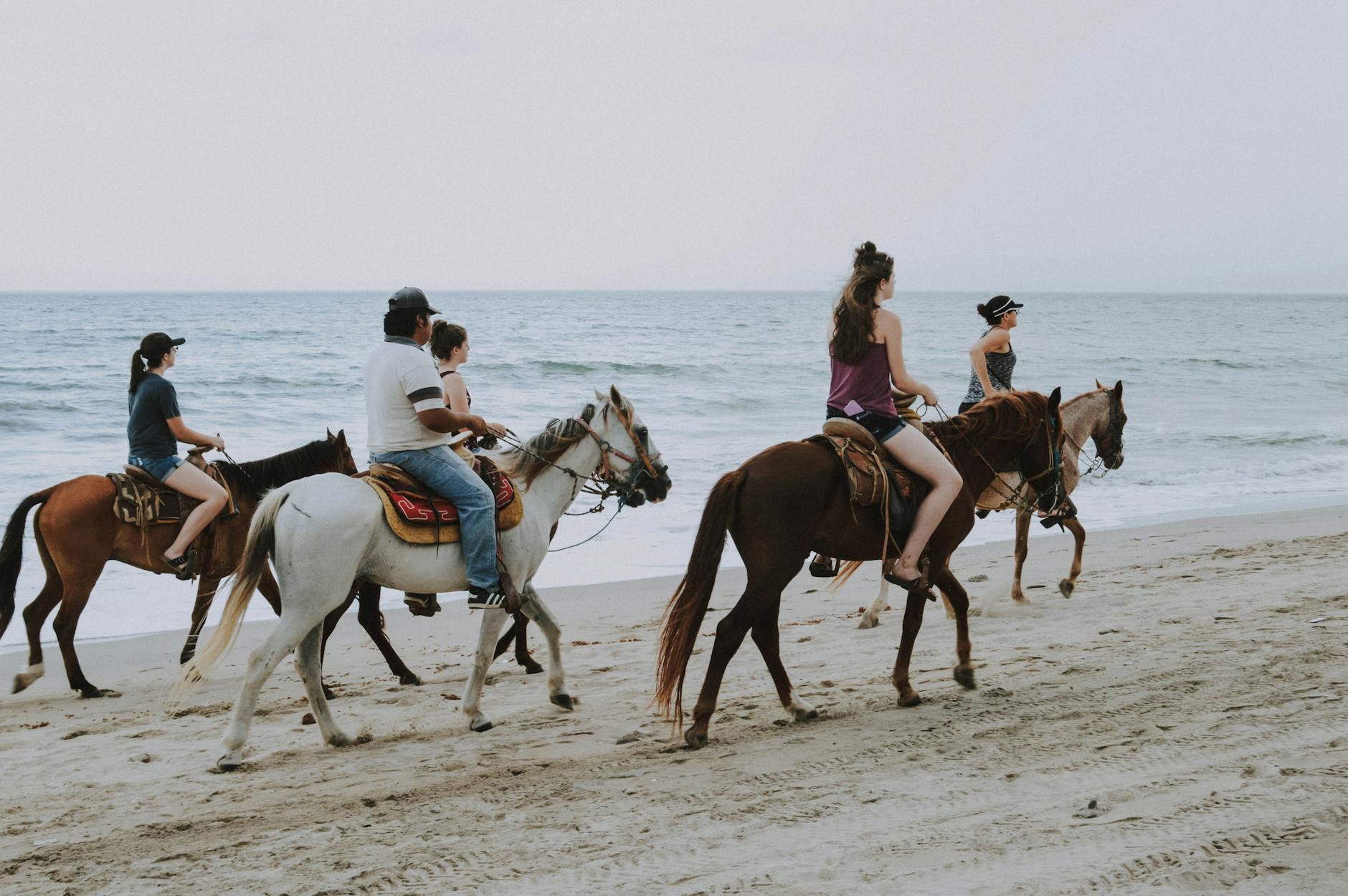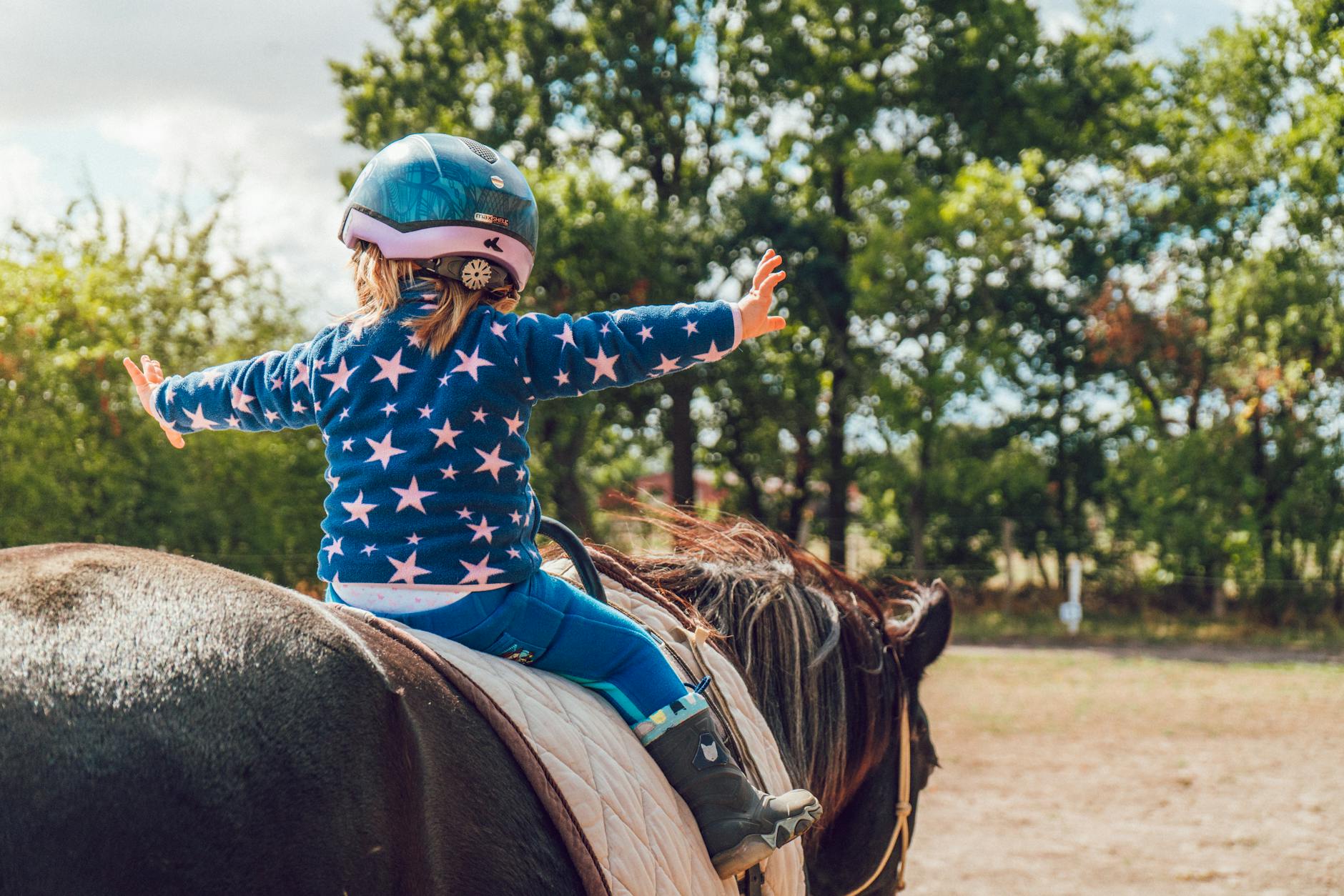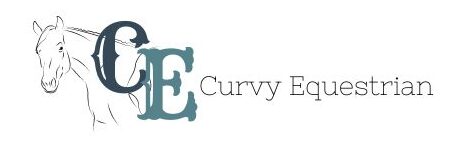Have you ever wondered what makes the relationship between a horseback rider and their horse so special? At its core, it’s a bond built on profound trust and mutual respect that transcends typical human-animal interactions. Whether you’re an experienced equestrian or simply curious about this dynamic, understanding the emotional connection and communication that guides these relationships can be truly enlightening. These partnerships are not just about riding; they involve learning to read subtle cues and body language, which deepen the connection and enhance cooperation on every trail and track. Dive into the fascinating world of horseback riders and their loyal steeds to discover how these bonds are formed and why they’re integral for successful riding.
The Essence of the Relationship
Building a relationship between a horse and its rider is a profound bond that goes beyond mere companionship. It is a connection based on trust, respect, and communication. Let’s delve into the fundamental aspects that shape this unique partnership.
Trust and Mutual Respect
Trust and mutual respect form the cornerstone of the relationship between a rider and their horse. Establishing trust involves consistency, patience, and understanding. Riders need to earn the trust of their horses by being reliable in their care and handling. Mutual respect, on the other hand, stems from recognizing the horse as a sentient being with emotions and needs. By respecting the horse’s boundaries and cues, a rider can cultivate a harmonious and respectful bond.
Communication Beyond Words
In the world of horseback riding, communication extends far beyond verbal cues. Horses are incredibly perceptive animals that respond to subtle non-verbal signals from their riders. Body language, posture, and subtle cues play a crucial role in conveying messages to the horse. A simple shift in weight or a gentle touch can convey a wealth of information. Understanding and mastering this non-verbal communication is essential for creating a seamless connection and fostering a deeper understanding between the rider and the horse.
 Photo by Jean van der Meulen
Photo by Jean van der Meulen
Building a Lasting Connection
Establishing a lasting bond between horseback riders and their equine companions requires dedication and understanding. It goes beyond a mere partnership; it is a relationship built on trust, respect, and mutual communication.
Time and Patience
Investing time and patience is key to developing a strong connection with a horse. Horses are sensitive animals that thrive on routine and consistency. Spending quality time with your horse, whether grooming, riding, or simply being in their presence, helps build familiarity and trust. Patience is essential as bonds take time to form and deepen. By being patient and understanding, you create a safe and secure environment for your horse to trust and connect with you.
Training and Understanding
Proper training techniques and a deep understanding of horse behavior are fundamental in nurturing a harmonious relationship. Training should be based on positive reinforcement methods that empower the horse and build confidence. Understanding the body language and cues of your horse enhances communication and allows for a more cohesive partnership. Taking the time to learn about equine psychology and behavior can significantly improve your ability to connect with your horse on a deeper level.
By combining time, patience, proper training, and understanding, horseback riders can forge a lasting and meaningful bond with their equine companions. This bond transcends mere companionship and transforms into a profound connection built on trust, respect, and empathy.
Photo by Bianca
Challenges and Rewards
Delve into the challenges faced and the profound rewards experienced in the relationship between horseback riders and their beloved horses.
Overcoming Obstacles
Horseback riding comes with its share of challenges that riders may encounter in their horse-human relationship. Common obstacles include difficulties in grooming, horses losing focus during training sessions, hoof boots falling off, or even horses refusing to eat their hay. Such challenges can be frustrating and may hinder the development of a strong bond between the rider and the horse.
To overcome these obstacles, patience, understanding, and consistent training are key. Using proper grooming techniques, engaging in regular training sessions to improve focus, ensuring the correct fit of hoof boots, and addressing any dietary issues can help in overcoming these challenges. Additionally, seeking guidance from experienced equestrians or trainers and staying persistent in addressing these hurdles can lead to a more harmonious relationship with your equine partner.
 Photo by Kindel Media
Photo by Kindel Media
Here are some additional resources on common challenges in horseback riding for further insights:
- Everyday Struggles of Equestrians and How to Solve Them
- 8 Most Common Horse Riding Mistakes
- The 3 Challenges of Riding and Why HOW We Learn Matters
Emotional Fulfillment
Despite the challenges, the bond between horseback riders and their horses offers unparalleled emotional fulfillment and joy. The unique connection formed through trust, communication, and shared experiences creates a deep sense of companionship and understanding.
The unconditional love and loyalty of horses can provide riders with a profound sense of emotional well-being. Whether it’s the peaceful moments spent grooming, the exhilaration of a successful ride, or the comfort found in quiet companionship, the relationship between riders and their equine partners fosters a strong emotional bond that transcends words.
The rewards of this special bond extend beyond the stables, enriching the lives of riders with empathy, patience, and a deep appreciation for the beauty of these magnificent animals. The emotional fulfillment that comes from the horse-human relationship is truly a treasure that brings joy and meaning to both parties involved.
The Impact on Rider and Horse
Establishing a profound bond between a horseback rider and their equine companion goes beyond mere activity; it delves into the realms of emotional and physical well-being. This deep connection impacts both the rider and the horse in numerous ways, fostering mutual growth and understanding.
Physical and Mental Well-being
The relationship between a rider and their horse is a symbiotic one that extends to physical and mental well-being. For riders, the act of riding itself serves as a therapeutic outlet, promoting relaxation and reducing stress levels. The rhythmic motion of riding can be incredibly calming, providing a sense of peace and tranquility. Additionally, the physical activity involved in horseback riding can lead to increased fitness levels, improved coordination, and enhanced balance.
On the other hand, horses also benefit significantly from this relationship. The bond with their rider fosters a sense of security and trust, leading to reduced stress and anxiety levels. The physical exercise involved in carrying a rider also contributes to the horse’s overall health and fitness. Regular interaction with their rider helps horses maintain mental stimulation and emotional well-being, creating a harmonious environment for both parties.
Performance and Connection
The strong bond between a rider and their horse is fundamental to enhancing performance and establishing a deeper connection during various activities. A rider who shares a close relationship with their horse experiences improved communication and responsiveness from their equine partner. This heightened connection allows for seamless coordination and synchronicity during rides, leading to enhanced performance and a more enjoyable experience for both.
Moreover, the emotional connection between rider and horse plays a crucial role in achieving mutual goals and success in competitive settings. The trust and understanding developed through this relationship enable the pair to work as a cohesive unit, overcoming obstacles and challenges together. The bond formed between a rider and their horse transcends mere partnership; it evolves into a profound companionship based on mutual respect and admiration.
By nurturing the bond between rider and horse, individuals not only experience the joy of horseback riding but also witness the positive impact it has on their physical and mental well-being. This symbiotic relationship fosters a deep sense of connection, trust, and mutual growth, enriching the lives of both riders and horses alike.
 Photo by Alexander Dummer
Photo by Alexander Dummer
Conclusion
The relationship between horseback riders and their horses transcends mere companionship; it is a deep-seated bond forged on trust, respect, and effective communication. Riders learn to interpret the subtle cues and body language of their horses, responding with gentle guidance that respects the animal’s needs and boundaries. This mutual understanding enhances the harmony and performance of both, creating a partnership that is as functional as it is beautiful.
Through sincere and dedicated interaction, riders and horses develop a rapport that exemplifies the pinnacle of interspecies relationships. Each moment spent together strengthens this connection, making every ride not just a physical journey, but a joint venture of emotional and spiritual growth. The essence of this bond illuminates the foundational elements of respect and trust, which are core to any profound relationship, highlighting the unique and irreplaceable partnership between horse and rider.
